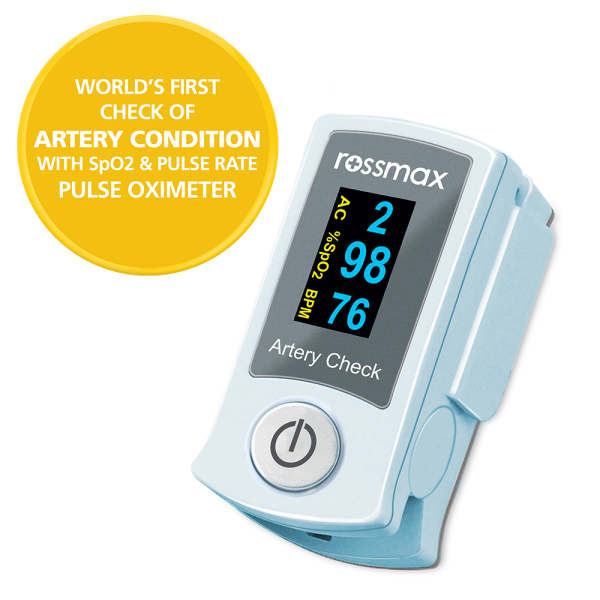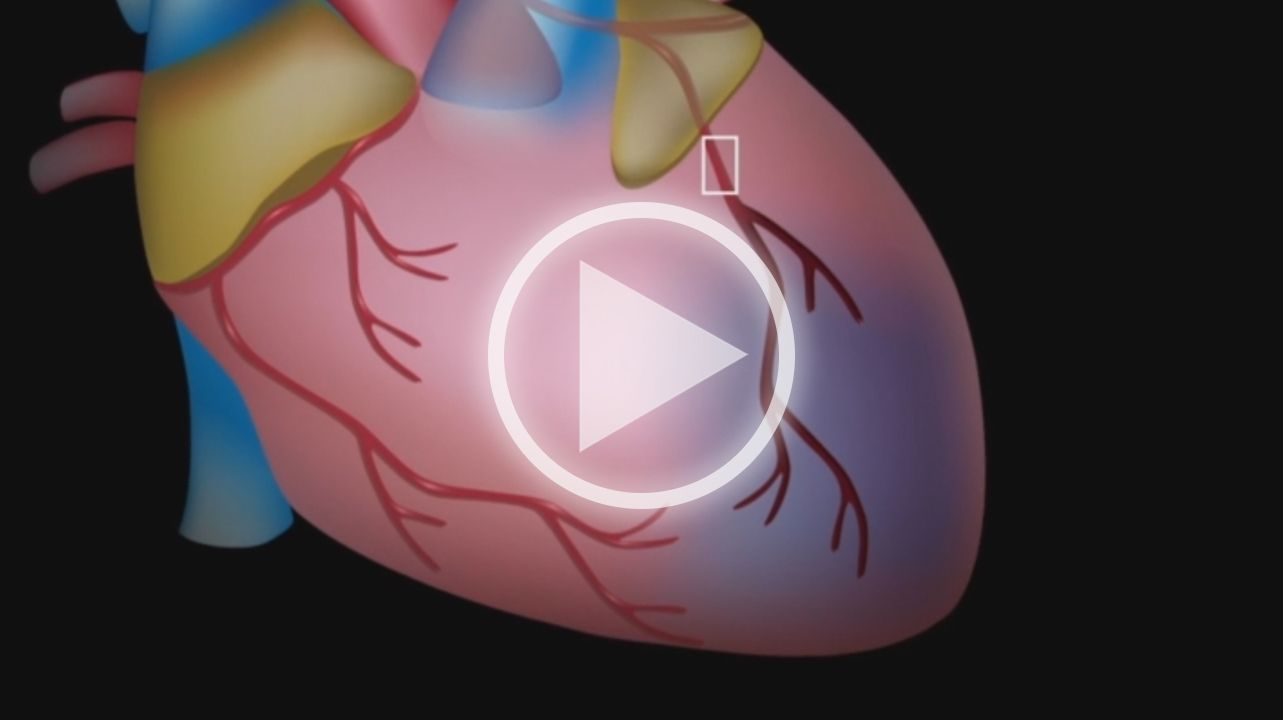SB200
Пульсоксіметр для пальцю з "АСТ"
SB200
Пульсоксіметр для пальцю з "АСТ"
checks your
artery condition for early detection of heart killers
checks your artery condition for early detection of heart killers
checks your
artery condition for early detection of heart killers
Стан артерії говорить про потенційний ризик наступних захворювань
-
Артеріосклероз
-
Порушення периферичного кровообігу
-
Серцево-судинне захворювання








ACT (Artery Check Technology) processes SpO2 signals and determines the stiffness of the artery (Artery Condition) based on the derived wave form. It further classifies the arterial condition into 6 levels and presents the result in an intuitive graphical interface. Heart rate, SpO2 and artery condition are available at your fingertip!
Визначення стану артерії
Стан артерії говорить про потенційний ризик виникнення таких захворювань: Атеросклерозу, Порушення периферичного кровообігу, Серцево-судинних захворювань. Контроль за станом артерії за допомогою Rossmax ACT-вбудованого імпульсного оцимметра робить раннє виявлення цих серцевих вбивць легшим та швидшим.
Атеросклероз
Атеросклероз - це захворювання, при якому бляшки накопичуються всередині ваших артерій. Артерії - це кровоносні судини, що несуть кров насичену киснем до вашого серця та інших частин вашого тіла. Бляшка складається з жиру, холестерину, кальцію та інших речовин, що знаходяться в крові.
Периферичне судинне захворювання (ПСЗ)
Периферичне судинне захворювання (ПСЗ) - це порушення кровообігу, яке викликає кровообіг поза межами вашого серця та мозку, що звужує, блокує або призводить до спазмів. Це може статися у ваших артеріях або венах. ПСЗ зазвичай викликає біль і стомлюваність, часто у ваших ногах, і особливо під час фізичних вправ.
Серцево-судинне захворювання
Серцево-судинні захворювання загалом відносяться до стану серця, що пов'язаний зі звуженням або блокуванням кровоносних судин, які можуть призвести до інфаркту, болю у грудях (стенокардія) або інсульту. Інші стани серця, такі як ті, які впливають на м'язи серця, клапани або ритм, також розглядаються як форми захворювань серця.

Специфікація
-
Діапазон Вимірювання | SpO2: 35%~99% - PR: 30~250 bpm
-
Точність | SpO2: 70%~99%; ±2%; 35%~69% (unspecified)
-
Частота пульсу | 30~250bpm; ±3









